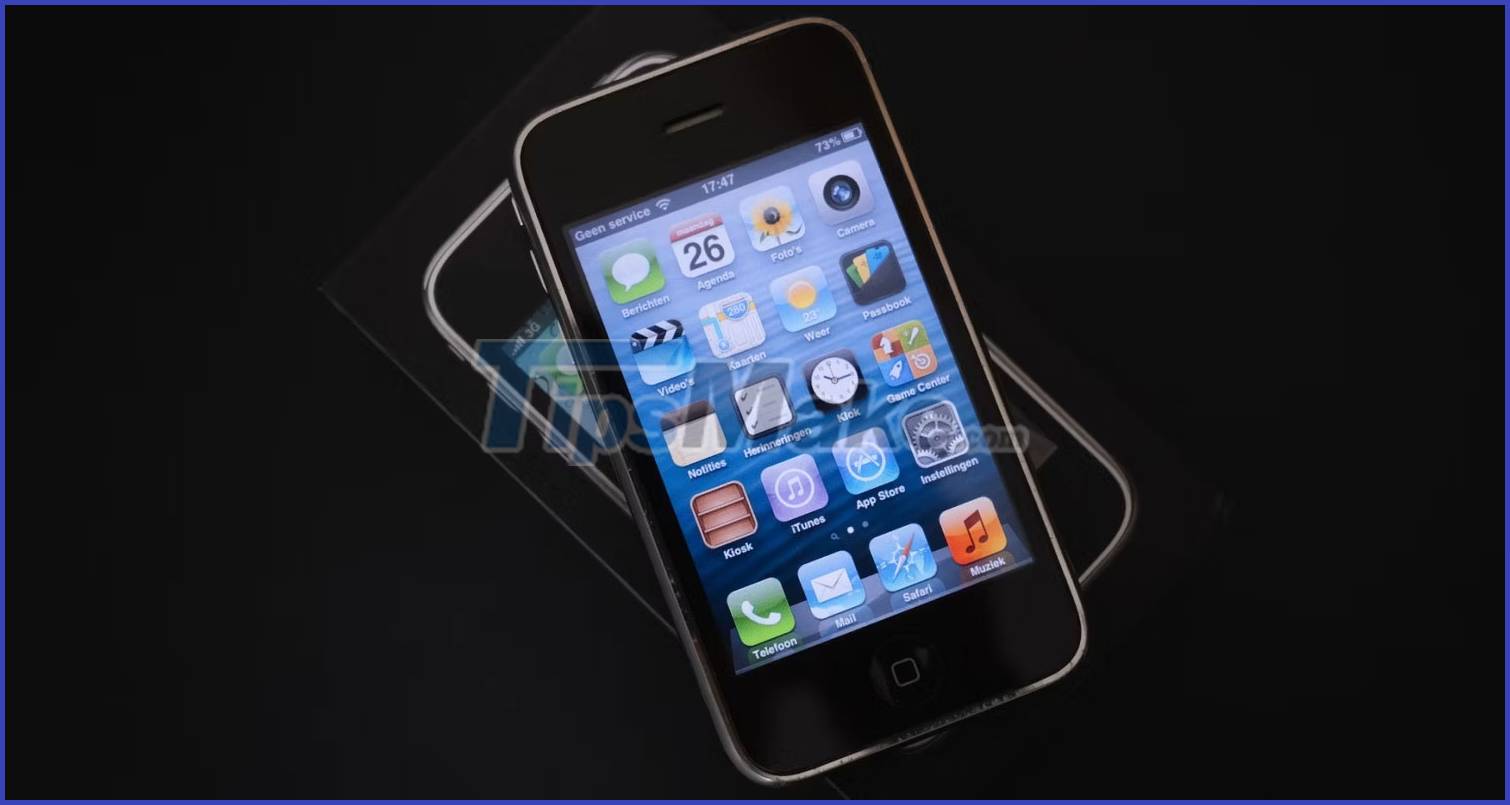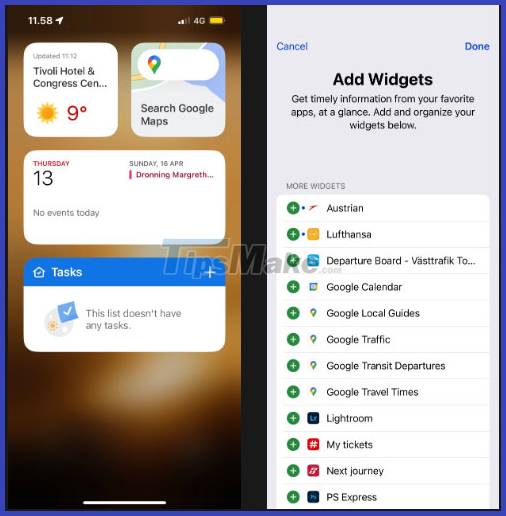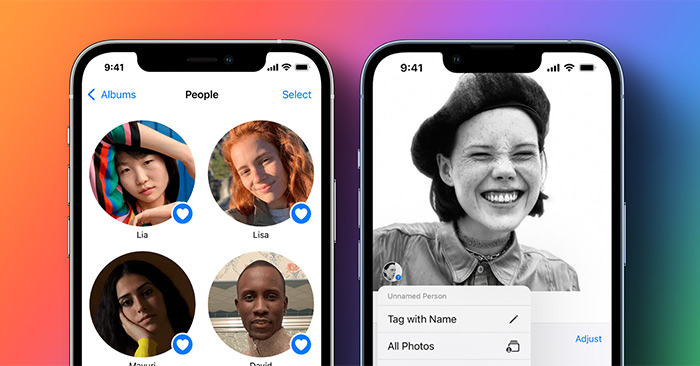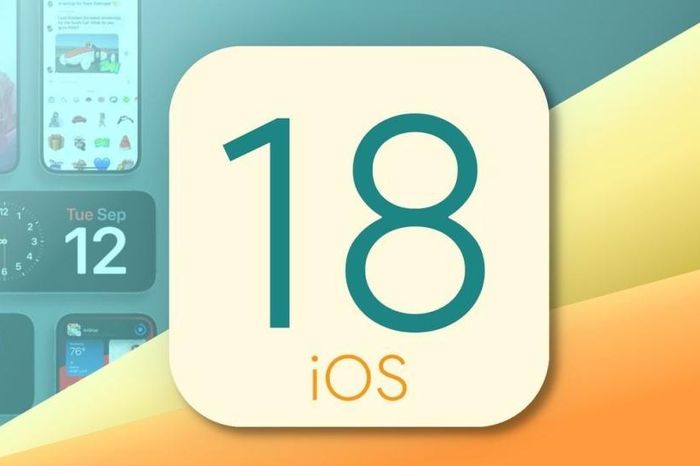The 7 biggest iOS updates of all time
Every year, Apple rolls out a new version of iOS, and it's a highlight for many iPhone users. And since launching the first iPhone in 2007, Apple has made a number of important changes to its smartphone operating system.
While most iOS updates are packed with new features for consumers to enjoy, some are much larger than others. We've seen revolutionary tools like FaceTime and iCloud, along with the ability to customize the lock screen, and more.
So what are the most important iOS updates of all time? Let's find out more details through the article below!
1. iPhone OS 2: App Store

You can discover some new and exciting apps in the App Store, but it's hard to believe there was a time when this feature didn't exist. Things changed in 2008 when Apple included the App Store in iPhone OS 2, also known as iPhone OS 2.0.
Unlike many modern iOS updates that usually come out in the fall, iPhone OS 2 is released in the summer. When the App Store first launched, it had less than 1,000 apps. Since then, however, it's become the perfect place to download social networking tools and more on your iPhone.
The iPod paved the way for the iPhone in many ways, and iPhone OS 2 was available for the iPod Touch. However, while iPhone customers get iPhone OS 2 for free, iPod Touch users have to pay $9.95 to upgrade the software on their device.
2. iOS 4: FaceTime

If you were born in the 1990s or earlier, you probably remember how difficult it is to stay in touch with loved ones living in other countries than it is today. In addition to a weak Internet connection, calls and texts are often very expensive.
Sometimes, you may still have to pay to call and text your friends and family abroad. However, there are a lot of workarounds and FaceTime is probably the best option for Apple users.
Apple originally introduced FaceTime in June 2010 with the launch of iOS 4. However, it was not available on all iOS devices back then; iPhone before iPhone 4 didn't have a front camera, making it harder to call others.
Since then, FaceTime has found its way to iPads and Macs. If you've recently switched to an Apple device, check out TipsMake's beginner's guide on how to use FaceTime on your iPhone.
3. iOS 5: iCloud and iMessage

Two of the biggest technological advancements of the 2010s were cloud software and the removal of SMS as the only form of instant messaging. Apple played a key role in driving both of these, and iOS 5 is the most revolutionary iOS update ever.
Apple released iOS 5 in October 2011, different from previous summer releases. iCloud and iMessage are both introduced with this update; Since the launch of iCloud, integrating all devices in the Apple ecosystem has become simple.
The advent of iMessage allowed anyone to easily send free texts and images to their contacts who use Apple devices. Apple has included this feature in the native Messages app, which is also used to send SMS messages to non-Apple devices.
Apple also launched the Reminders app in iOS 5, and this is the first update that lets you use the camera without unlocking the device.
4. iOS 7: iOS redesigned
Apple gradually improved the iOS software in the early years, but the interface started to look outdated from the 2010s onwards. But everything changed when the iPhone maker announced the iOS 7 update in 2013.
Following this major software update, iPhone, iPod Touch, and iPad users have had a completely redesigned interface. Apps look much more polished than before, and the battery icon has also changed.
iOS 7 also introduces some other important features, such as Control Center. AirDrop also appeared, allowing users to share files with other Apple devices nearby. Nowadays, you can easily enable AirDrop from your iPhone or Mac; it is also available on iPad and Apple Watch.
5. iOS 9: Night Shift
When iOS 9 launched in 2015, smartphones became the mainstay of many people's daily lives. But despite the benefits of staying connected more efficiently, it also means users are staring at blue light more than before.
Harvard Health Publishing mentions that too much blue light can have a number of negative consequences, including trouble sleeping.
Apple tried to solve some of those problems by introducing Night Shift in iOS 9.3. This feature allows users to turn off blue light on their devices and choose when they want to turn it on.
iOS 9 also saw the introduction of Low Power mode, which makes it easier to protect your battery during times when you can't reach the charger.
6. iOS 14: Widgets, privacy, and app tracking
Apple launched iOS 14 in 2020, bringing improvements in many parts. Online privacy has become a big topic of discussion, especially after the Facebook-Cambridge Analytica scandal. Apple introduced a feature with iOS 14 that allows users to choose whether they want downloaded apps to track them.
Apple also debuted the Widgets tool in iOS 14, which has since become a core part of the user experience on iPhone and iPad. You can add some handy widgets, including your local weather and daily calendar.

The App Gallery was also introduced with iOS 14, allowing users to organize their apps easily.
7. iOS 16: Customize Lock Screen and More

iOS 16 brings a number of visual improvements to the iPhone, but the biggest one is that Apple allows users to customize their devices in more ways than ever before.
You can customize your iPhone's lock screen in a variety of ways after installing iOS 16, such as choosing the font you want to highlight. Furthermore, you can choose to have the lock screen change throughout the day.
Apple also introduced many changes to some of its long-standing apps, such as Mail and Messages. Perhaps the most important thing about Messages is the ability to edit and unsend messages.
You should read it
- Windows 10 updates will be divided into C, B, and D levels
- How to Check for and Install Updates on a Mac Computer
- How to delete pending updates on Windows 10
- Instructions to turn off Chrome automatic updates in Windows
- List of settings to check after updating Windows 10
- Why should you never turn off automatic application updates on your phone?
- How to Check for Updates on Android Phone
- List of links to download BIOS updates for Meltdown and Specter
- Microsoft and Intel cooperated to provide microcode updates for the CPU via Windows updates
- For your safety, turn on the auto-update feature for all your devices and applications
- Why shouldn't auto-update automatically be updated in Chrome?
- Spreading hacking tools helps Windows 7 still get updates even after Microsoft has stopped supporting






 Windows updates constantly, why?
Windows updates constantly, why? Instructions to turn off Chrome automatic updates in Windows
Instructions to turn off Chrome automatic updates in Windows The 8 largest objects in the universe
The 8 largest objects in the universe When will the iOS 18 update officially launch?
When will the iOS 18 update officially launch? The biggest mistake in Bill Gates' life
The biggest mistake in Bill Gates' life How to use Wandriver to update computer drivers
How to use Wandriver to update computer drivers